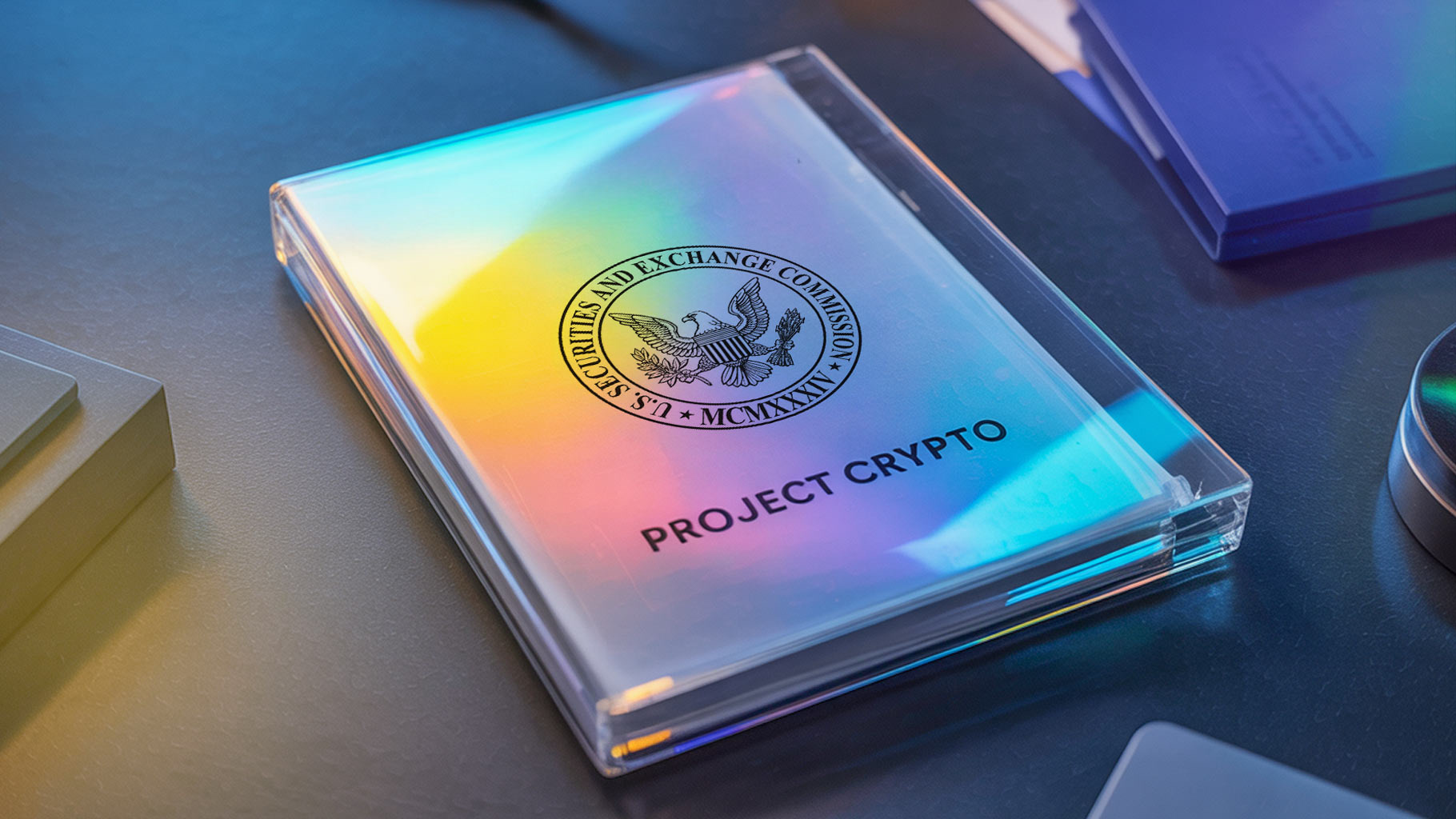Project Crypto: The SEC’s Bold Blueprint to Make the U.S. the Global Crypto Hub

On July 31, 2025, SEC Chairman Paul Atkins unveiled Project Crypto, a sweeping regulatory initiative designed to modernize securities rules and position the United States as the center of global crypto innovation.
Why Now? A New Era in U.S. Crypto Policy
Project Crypto aligns with the 160-page report released by the President’s Working Group on Digital Asset Markets, which issued far-reaching recommendations for securities, stablecoins, taxation, tokenization, custody, and cybersecurity. Atkins referenced this report as the blueprint for his Commission’s work, calling it a “moment that demands American ambition” and framing crypto regulation as a generational opportunity.
Notably, this regulatory pivot follows the GENIUS Act becoming law earlier in July, establishing a federal framework for payment stablecoins—an anchor point for broader reform.
What Project Crypto Proposes
Clear Asset Classification
Atkins instructed SEC staff to develop transparent guidelines on when tokens qualify as securities, commodities, or other asset types. He emphasized that “most crypto assets are not securities,” suggesting prior reliance on the Howey test was overly expansive (Coindesk).
Modernizing Custody Rules
Atkins reaffirmed self-custody as a fundamental American right, while also streamlining options for digital asset custody via intermediaries—balancing user freedom with market confidence.
Supporting ICOs, Airdrops, DeFi Launches
The SEC plans to create purpose-built exemptions and safe harbors for initial coin offerings (ICOs), airdrops, staking rewards, and other crypto-native capital markets activities, differentiating them from traditional securities issuance.
Enabling “Super-App” Platforms
One innovative concept includes licensing platforms to offer both securities and non-security crypto products under a single charter—reducing regulatory fragmentation and enabling unified digital finance applications.
Updating Legacy Rules for On-Chain Finance
Project Crypto signals a modernization of dated regulations—those unsuitable for blockchain-based systems. This includes potential reforms to rules like Regulation NMS and anti‑moat doctrines that may block decentralized innovation.
Interim Flexibility
While formal rules are crafted, the SEC will explore interpretative releases, temporary exemptions, and relief mechanisms to avoid stifling startup and DeFi activity during the transition period (SEC press release).
Strategic Context and Motivations
Reversing Enforcement-Heavy Precedents
Atkins cited efforts by prior regulators—like Operation Chokepoint 2.0—as hampering innovation, pledging that the SEC would no longer “stand idly by” as crypto founders fled offshore (SEC statement).
Aligning with Broader Federal Priorities
Project Crypto moves in concert with legislative milestones like the GENIUS Act and market structure reforms in Congress, positioning tokens and tokenized securities within U.S. markets (Axios analysis).
Trump Administration’s Crypto Vision
This policy shift reflects the administration’s push to reclaim leadership over digital finance—complementing initiatives like the Strategic Bitcoin Reserve, prohibition of CBDCs, and encouragement of tokenization infrastructure.
Broader Industry Impacts
- Tokenized Capital Markets
Digital securities could flow more easily through regulated channels. For more on tokenization strategies and infrastructure, see How Bitcoin Just Unlocked the $30 Trillion RWA Market on ThomasCarter.io. - Capital Formation via ICO and Airdrops
With clearer exemptions, startups may re-engage regulated ICOs and token-based funding. See our piece on ICOs and Tokenization Tools for Emerging Companies for related insights. - Self-Custody and DeFi Integration
Project Crypto may redefine retail and institutional access to decentralized models. Read Governance and Custody: Why Institutional Demand for DeFi Is Rising for a deeper dive. - Return of U.S.-Based Crypto Firms
As rules stabilize, American-based crypto firms previously displaced by enforcement may relaunch domestic operations.
Challenges and Uncertainties
Ethical and Legislative Tensions
Criticism persists regarding conflicts of interest and prior SEC-CFTC disputes over token oversight.
Timing and Implementation
Drafting new rules and inviting public comment could take months, leaving execution gaps during the interim.
Regulatory Pushback from Other Agencies
The SEC needs alignment from the CFTC, IRS, and Treasury on token treatment, taxation, and financial crime frameworks.
Conclusion: A Generational Shift?
Project Crypto signals a decisive inflection point: a shift from enforcement-first policy to market-enabling regulation built for digital asset ecosystems. If executed comprehensively, it could usher in a new chapter where tokenization, crypto-native capital formation, and blockchain-native infrastructure thrive under transparent U.S. rules.
The impact hinges on rule drafting, inter-agency cooperation, and legislative follow-through. Combined with laws like GENIUS, CLARITY, and Anti-CBDC, Project Crypto may lay the foundation for a secure, compliant, and globally competitive U.S. crypto market.
At Deal Box, we see this as further validation for tokenized offerings, Bitcoin-native rails like Orobit, and embedded financial infrastructure that can deliver real-world assets on-chain within a trusted regulatory framework.
















